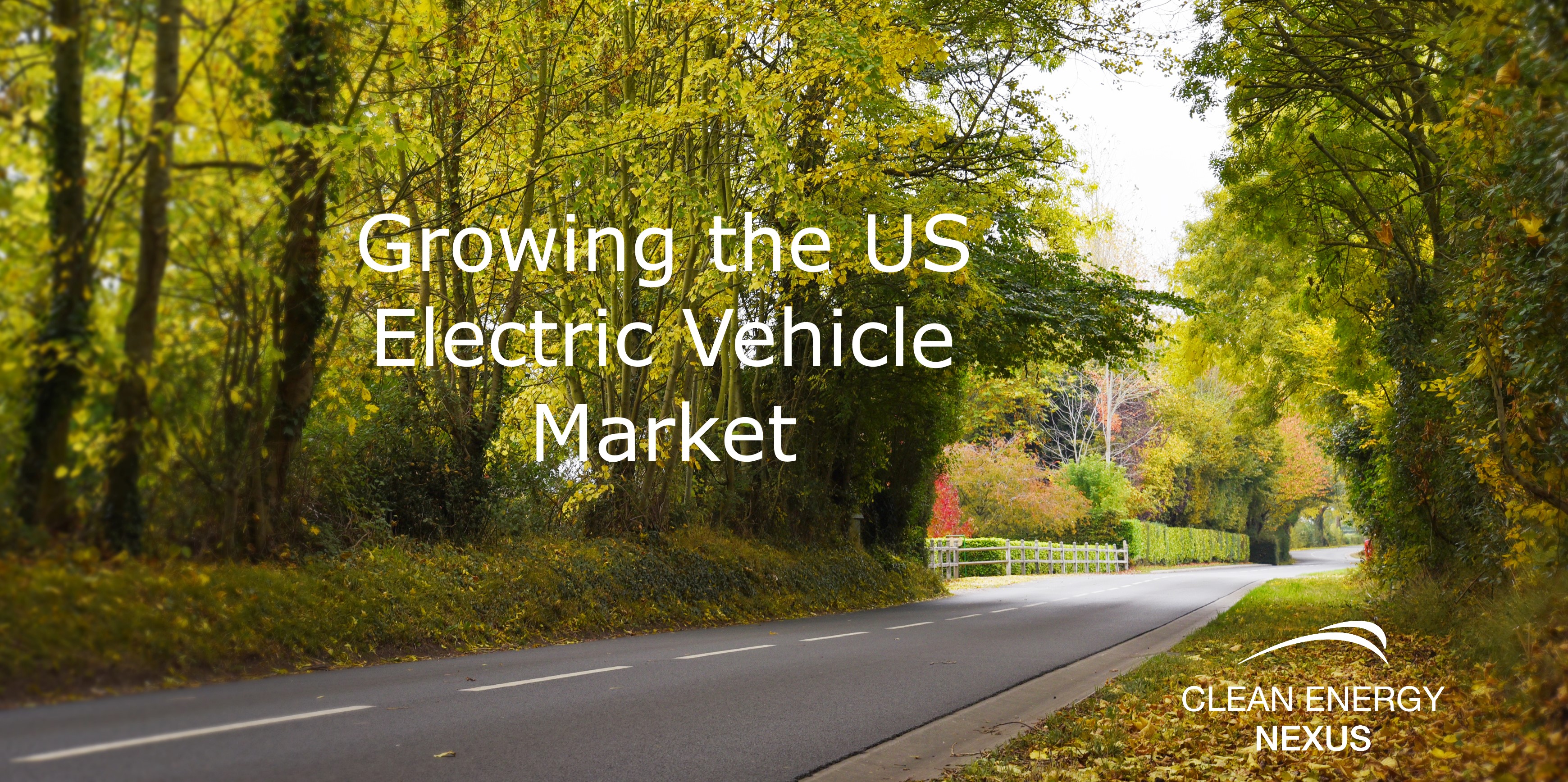The sale of internal combustion engine vehicles peaked 4 years ago.
17 million automobiles were sold in the US in 2016, and sales have decreased steadily every year since then. At the same time, sales of electric vehicles (EVs) have steadily increased from a tiny 1.3% of the global market in 2017 to 4.6% of the total global market at the end of 2020.
Bloomberg NEF's yearly Electric Vehicle Outlook Report calls for more political catalysts to adopt a more electric vehicle friendly future. Their report, released on June 9th 2021, shows that the global sales of zero-emission vehicles could reach a high of 83% for buses and 70% for cars by 2040, assuming no policy changes occur. The report also focuses on calculating projections for trucks and other heavy commercial vehicles, as that's where the biggest impact can be made.

Political incentives may help, but the three largest hurdles to growing a stronger EV presence in the global market are;
1. Variety
2. Pricing
3. Availability of Charging Stations
1. Variety
You may picture a small economic smart-car-looking vehicle when you picture an electric vehicle (EV). But there's more to EVs than pioneers Chevrolet Volt and Nissan Leaf now.
Some really have power, like the brand new Ford F150 Lightning truck with 426 horsepower vs the 290 horsepower gas-powered equivalent. Joining the EV truck lineup is also the highly anticipated Tesla Cybertruck, the Hummer EV, and newcomer Rivian.
If you're used to a vehicle sized between an eco car and a truck, Tesla has four current options to choose from that have been on the market for 1-9 years respectively; the Model S, the Model 3, the Model X, and the newest crossover SUV Model Y.
More SUV sized EV options include the newly released Volkswagen ID.4, and the Audi e-tron.
With more makes and models entering the EV market everyone will have an EV by 2040, or so the government hopes in order to hit our net-zero emissions goals. Some manufacturers in the combustion engine market, such as Ford, have reported that they're already manufacturing more Mustang Mach-E's than their traditionally gas-powered counterparts.
2. Pricing
Pricing for these new EVs shouldn't be a deterrent to those looking to purchase a new vehicle, with 2021 options ranging from $36,990 for a basic 2021 Tesla Model 3 to $65,900 for a base model 2021 Audi e-tron. The sporty Mustang Mach-E starts at $42,895.
Unlike a fossil-fueled vehicle, however, potential EV owners also have to factor in the installation of a charging station at home, because public EV charging stations are still few and far between in the US. In fact, there were over 807,000 public EV charging poles in China in 2020, who also leads the US in EV sales, which was an increase of almost 300,000 from the previous year. In comparison, there are about 41,000 EV charging stations in the US, and fewer than 5000 are fast chargers, according to Statista.com. And that leads us to our next hurdle.
3. Availability of Charging Stations
China and Europe are way ahead of the US in their adoption of EVs, with almost 20 times the number of charging stations in China vs. the US at the end of 2020.
Without public EV charging stations, potential EV owners have to first be a homeowner, and second, have the financial wherewithal to afford not just a new EV, but to also install a charging station at home.
If that upfront cost is not a hurdle for a potential buyer, the lower long-term ownership costs are a draw for potential buyers, and making an environmentally conscious choice is also a big reason many buyers choose an EV.
Solar powered EV chargers at home further reduce the long-term ownership costs of owning an electric vehicle, and allow environmentally conscious EV owners to lower their carbon footprint even further (read our advice on going solar with $0 for our pre-solar checklist and tips).
As workplaces begin to open up post-pandemic, more drivers are once again facing a daily commute. Workplaces with sustainability goals should consider adding solar carports to their parking lots with EV charging stations as additional incentive for employees to return to the office.
As governments continue to incentivize EV ownership, the hurdles we face today should diminish extensively as the chances of meeting our political and global goals rise. The next few years of growth in the electric vehicle market in the US will be exciting to watch and will bring us closer to being competitive with Europe and China. Increased sales of EVs (and decreased usage of fossil-fuel powered vehicles) will lead to cleaner air, decreased global warming, and an increased adoption of renewable energy.
EVs powered by the sun are the future.
Photo attributed to DepositPhotos
